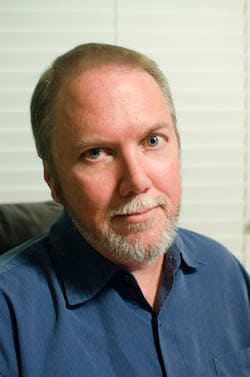-

Rust Never Sleeps
Mike Lawson | April 7, 2021It has now been over a year since my band has performed in concert. Read More... -
The Times They Are A-Changin’
Mike Lawson | August 14, 2015
Read More...It was a very busy month for me, starting out with a trip to Ft. Collins, CO to attend the Little Kids Rock “Rockfest” events, immediately followed by the Summer NAMM Show here in Nashville, TN. I learned a lot about a new movement in school music education, which David Wish, founder of Little Kids Rock, has called “Modern Band.” Simply put, Modern Band is a curriculum for school music band programs that go well outside the traditional marching, concert, and jazz band worlds, and focuses on what our NAMM-show-crowd would call the “combo” world of instrumentation. Guitars, bass, drums, keyboards, turntables, technology, and even vocals, to teach students how to play, work together, and perform modern, popular music. An upcoming feature on this movement is in the works, which will provide much more detail on what’s going on with what I genuinely believe I can call a “movement” in the evolution of school music programs. Attending this event immediately prior to attending the Summer NAMM show gave me a lot to consider.
-
All Jazzed Up with Nowhere to Go
Mike Lawson | December 9, 2014Directors Really Do Make a Difference
The year was 1982 and I was a high school sophomore. I had been playing guitar since I was nine years old, almost entirely self-taught. I didn’t really read notation. I understood rests, repeats, basic things like time signatures, and the difference between a treble and bass clef, but the ebony notes dancing along the staff were a mystery to me. I could, however, read guitar chord charts, and if I could hear a song played while looking at a chord chart, I could generally tackle it within one or two passes.
The one thing that made me eager to start my sophomore year was the opportunity to audition for the jazz band. Jazz band was typically reserved for juniors and seniors. I knew the band director wanted a guitarist, but the odds of a sophomore passing the audition were dreadfully slim. I’d asked around and learned that there were no other guitarists in the high school who were interested in playing in jazz band, let alone capable of passing the audition. I contacted the band director and arranged for an audition before school started, and to my delight, I passed it.
Read More...
Warning: Undefined variable $additional_loop in /home/sbomagazine/public_html/site/wp-content/themes/timeless2021/archive.php on line 103
Warning: Attempt to read property "max_num_pages" on null in /home/sbomagazine/public_html/site/wp-content/themes/timeless2021/archive.php on line 103



 It was a very busy month for me, starting out with a trip to Ft. Collins, CO to attend the Little Kids Rock “Rockfest” events, immediately followed by the Summer NAMM Show here in Nashville, TN. I learned a lot about a new movement in school music education, which David Wish, founder of Little Kids Rock, has called “Modern Band.” Simply put, Modern Band is a curriculum for school music band programs that go well outside the traditional marching, concert, and jazz band worlds, and focuses on what our NAMM-show-crowd would call the “combo” world of instrumentation. Guitars, bass, drums, keyboards, turntables, technology, and even vocals, to teach students how to play, work together, and perform modern, popular music. An upcoming feature on this movement is in the works, which will provide much more detail on what’s going on with what I genuinely believe I can call a “movement” in the evolution of school music programs. Attending this event immediately prior to attending the Summer NAMM show gave me a lot to consider.
It was a very busy month for me, starting out with a trip to Ft. Collins, CO to attend the Little Kids Rock “Rockfest” events, immediately followed by the Summer NAMM Show here in Nashville, TN. I learned a lot about a new movement in school music education, which David Wish, founder of Little Kids Rock, has called “Modern Band.” Simply put, Modern Band is a curriculum for school music band programs that go well outside the traditional marching, concert, and jazz band worlds, and focuses on what our NAMM-show-crowd would call the “combo” world of instrumentation. Guitars, bass, drums, keyboards, turntables, technology, and even vocals, to teach students how to play, work together, and perform modern, popular music. An upcoming feature on this movement is in the works, which will provide much more detail on what’s going on with what I genuinely believe I can call a “movement” in the evolution of school music programs. Attending this event immediately prior to attending the Summer NAMM show gave me a lot to consider.







